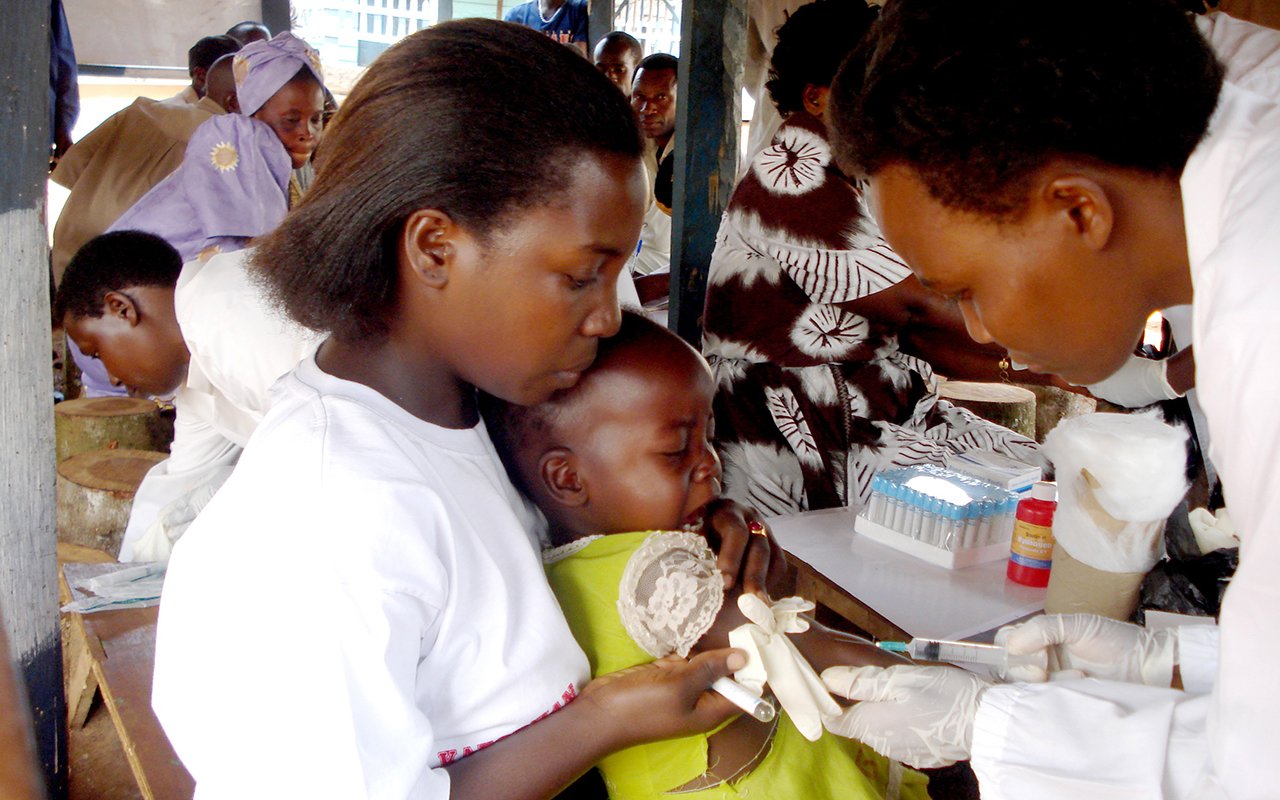Women pay more for renewable energy

What you need to know:
- There are prospects of mainstreaming gender and provide opportunities for various. Identification of appropriate programmes and targeted linking up of women to these schemes is one sure way of ensuring women access renewable energy. Special programmes targeting women need to be thought through and an investment made in this regard to achieve the best results.
On a bright Wednesday afternoon, deep in Kyanaisoke Subcounty of Kagadi District, a resident has decided to invest her hard-earned money into something valuable. A mother of four, she has decided to buy a solar-powered lighting system for her home.
“I am happy and now my sons will be able to revise their books. I can also finally charge my phone from home.”
This is an example of how women are delving into renewable energy technologies in the region in a bid to improve the quality of their lives in the Mid-Albertine Region of Uganda.
The role of women in the energy value chains cannot be under estimated. How women access renewable energy is important because it helps improve livelihoods and spur businesses. But there is one pertinent question that comes to mind - on whether access to renewable energy has a serious gender bias. Is the resident more likely to use solar compared to Bigabwa or other men in the village? Or does it matter how much either of them spends on a solar unit or an improved cooking stove?
Researchers under Kitara Civil Society Organisation Network (KCSON), in 2018-2019 in the Mid-Albertine rift have provided evidence that women spend more than men to access renewable energy. It indicates that men were more likely to own solar units or other renewable technologies (60.4 per cent) compared to women (12.8 per cent). Ironically, women were more likely to spend $7 more compared to men to access the same unit of renewable energy. This translates to an additional Shs26,000 paid by a woman, for instance, to access a solar unit that a man would acquire.
This is a great challenge, given that the high cost involved (cash or otherwise) incurred by women to access renewable energy deters their movement up the energy ladder and, therefore denies them an opportunity to engage in other productive activities that would otherwise spur development and attainment of the Sustainable Development Goals (SDGs) and other local commitments.
There are prospects of mainstreaming gender and provide opportunities for various. Identification of appropriate programmes and targeted linking up of women to these schemes is one sure way of ensuring women access renewable energy. Special programmes targeting women need to be thought through and an investment made in this regard to achieve the best results.
Additionally, tailor-made financial assistance schemes for renewable energy technologies targeting only women have proven to spur increased adoption and improve livelihoods.
Although Uganda has made strides in the development of the renewable energy sector, it is apparent that gender is not effectively mainstreamed within energy policies, legislation, and programmes. There is lack of clear gender strategies for addressing the gender concerns.
Philip Kihumuro,
[email protected]




